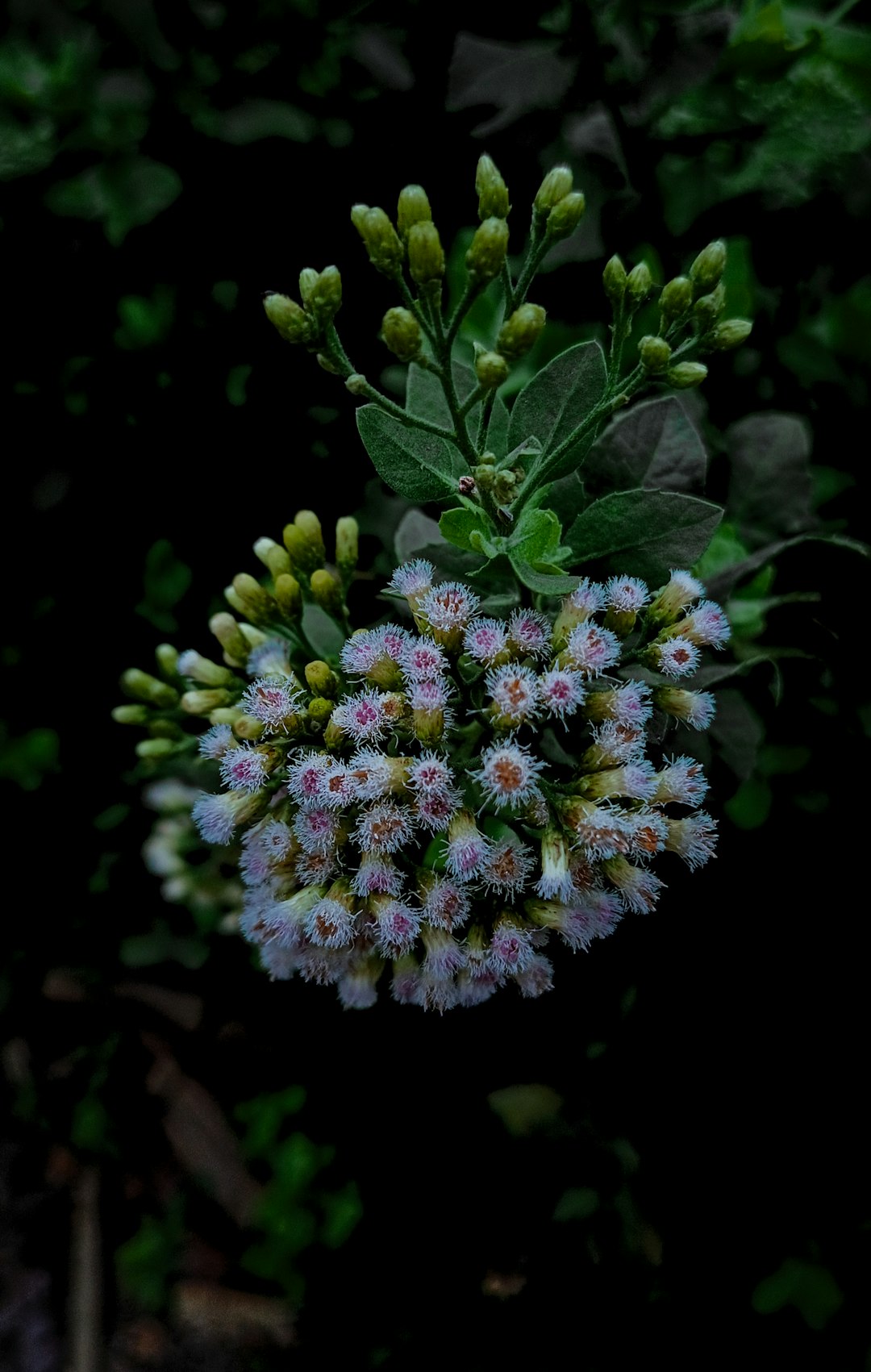The Secret to a Thriving Spider Plant: Ideal Watering

Spider plants are a popular choice among houseplant enthusiasts due to their air - purifying qualities and ease of care. However, one of the most common challenges in keeping these plants healthy is getting the watering schedule right. In this article, we'll explore how to create the ideal watering schedule for your spider plant, recognize the signs of over - watering, and ensure your plant stays perfectly hydrated.
### Creating the Ideal Watering Schedule
First and foremost, it's important to understand that the watering needs of a spider plant can vary depending on several factors. The size of the plant, the size of the pot, the type of soil, and the environmental conditions all play a role. Generally, spider plants prefer to dry out slightly between waterings.
To start, check the soil moisture regularly. You can do this by sticking your finger about an inch into the soil. If it feels dry at that depth, it's time to water. In most indoor environments, watering your spider plant once a week is a good starting point. However, during the winter months when the plant's growth slows down, you may need to reduce the frequency to every two weeks.
Another useful tip is to use room - temperature water. Cold water can shock the plant's roots, which may lead to stress and poor growth. Fill a watering can and let it sit for a few hours to reach room temperature before using it on your spider plant.
### Recognizing Signs of Over - watering
Over - watering is one of the biggest threats to the health of a spider plant. When a spider plant is over - watered, its roots can become waterlogged, leading to root rot. One of the first signs of over - watering is yellowing leaves. If you notice that the leaves of your spider plant are turning yellow, especially at the base, it could be a sign that the plant is getting too much water.
Another sign is wilting. While it may seem counterintuitive, a waterlogged plant can actually wilt because the roots are unable to absorb oxygen properly. The soil may also have a foul smell, indicating the presence of mold or bacteria due to excessive moisture.
If you suspect over - watering, stop watering immediately and let the soil dry out completely. You may also need to repot the plant in fresh, well - draining soil to prevent further damage to the roots.
### Keeping Your Plant Perfectly Hydrated
To keep your spider plant perfectly hydrated, it's important to provide the right amount of water and ensure proper drainage. Choose a pot with drainage holes at the bottom to allow excess water to escape. This will prevent water from pooling at the bottom of the pot and causing root rot.
Using a well - draining soil mix is also crucial. A good soil mix for spider plants should contain a combination of peat moss, perlite, and vermiculite. This will help the soil retain enough moisture while still allowing for proper drainage.
Additionally, consider the humidity levels in your home. Spider plants thrive in moderate humidity. If the air in your home is too dry, you can increase the humidity around the plant by misting it regularly or placing a tray of water near the plant. The water will evaporate, increasing the humidity in the immediate area.
In conclusion, taking the guesswork out of watering your spider plant is all about understanding its needs and paying attention to the signs. By creating an ideal watering schedule, recognizing the signs of over - watering, and keeping your plant perfectly hydrated, you can enjoy a healthy and thriving spider plant for years to come.